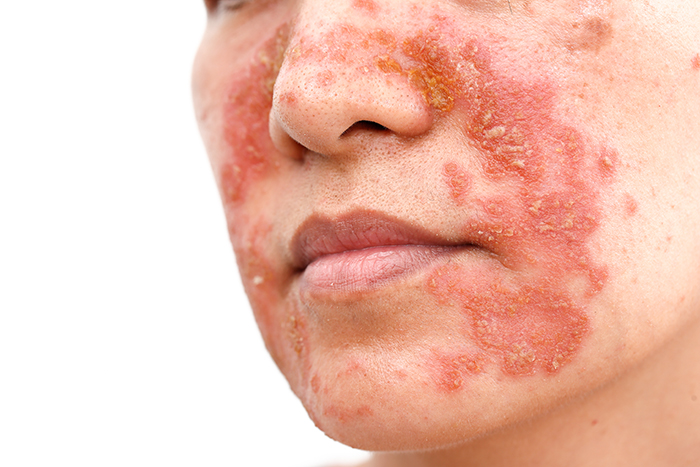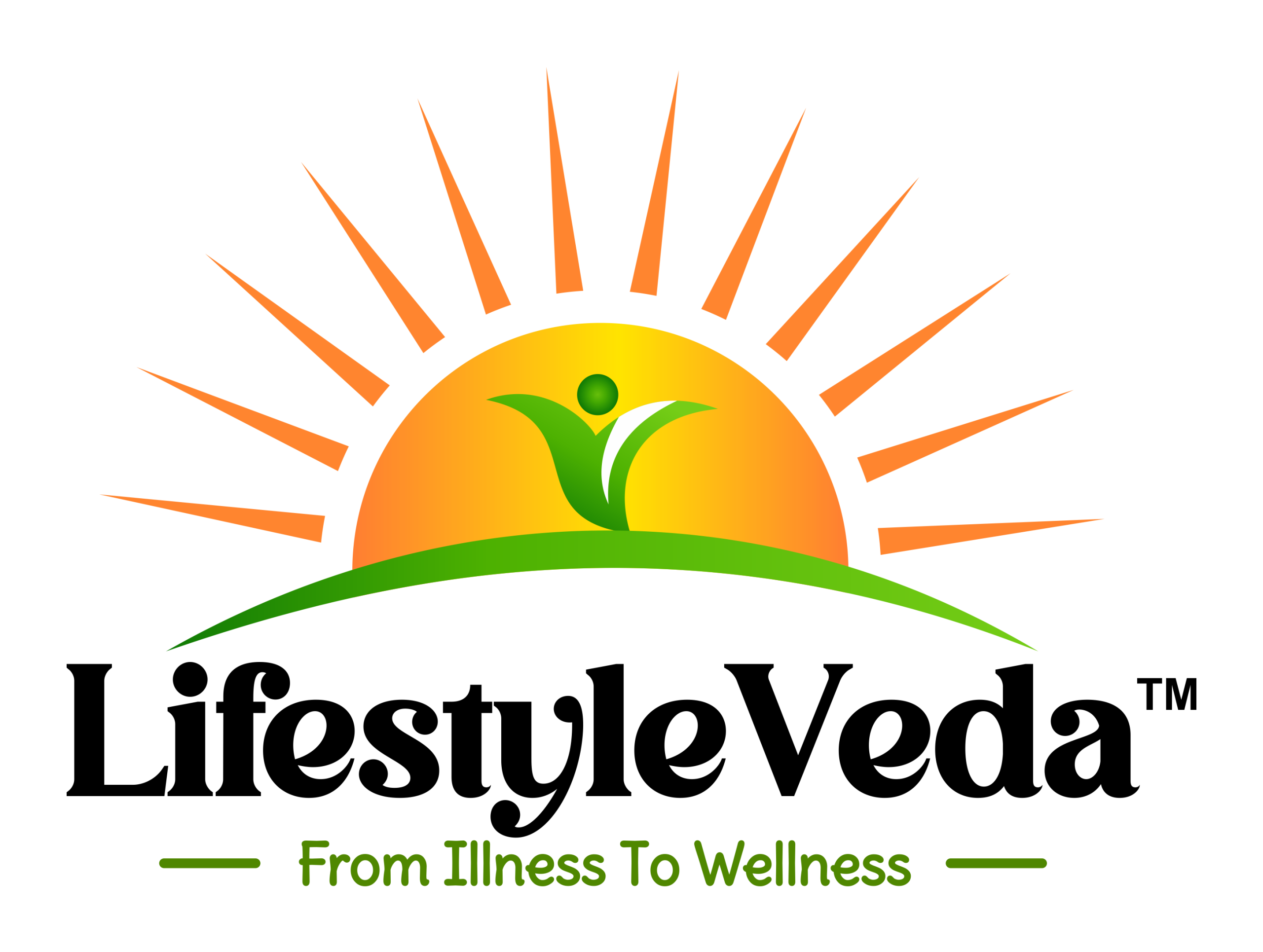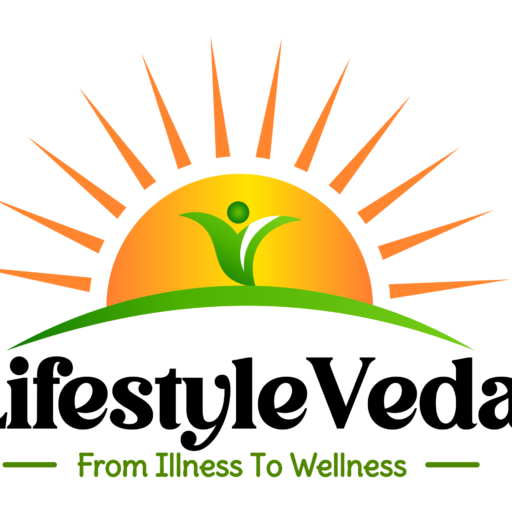
Seborrhoeic Dermatitis: Causes, Symptoms, and Treatment
Seborrhoeic dermatitis is a chronic inflammatory skin condition that mainly affects areas rich in oil (sebaceous) glands, such as the scalp, face, and upper chest. It causes red, scaly, and itchy skin and is often associated with dandruff.
1. Causes & Risk Factors
The exact cause is unknown, but several factors contribute:
- Overgrowth of Malassezia Yeast – A fungus naturally present on the skin, which can trigger inflammation.
- Excess Oil Production – Leads to the accumulation of skin cells and yeast growth.
- Genetic Predisposition – Some individuals are more prone due to inherited factors.
- Weakened Immune System – Common in conditions like HIV/AIDS and Parkinson’s disease.
- Stress & Weather Changes – Cold, dry air or emotional stress can worsen symptoms.
- Certain Medical Conditions – More common in people with neurological diseases (e.g., Parkinson’s, epilepsy).
2. Symptoms of Seborrhoeic Dermatitis
- Scaly, flaky skin (similar to dandruff) on the scalp.
- Red, greasy patches on the face (especially around the nose, eyebrows, and ears).
- Itching & burning sensation in affected areas.
- Crusting & scaling in severe cases, sometimes leading to hair thinning.
- Worsens in cold, dry weather or during stress.
3. Treatment Options
A. Medicated Shampoos (For Scalp Seborrhoeic Dermatitis)
- Antifungal Shampoos –
- Ketoconazole (2%) – Reduces yeast overgrowth (e.g., Nizoral).
- Selenium sulfide (1-2.5%) – Slows cell turnover and fights fungus.
- Zinc pyrithione – Antifungal and anti-inflammatory.
- Salicylic Acid or Coal Tar Shampoos – Help remove scales.
- How to Use: Shampoo 2-3 times per week, leaving it on for 5 minutes before rinsing.
B. Topical Treatments (For Face & Body)
- Antifungal Creams – Ketoconazole or ciclopirox creams help control yeast.
- Mild Corticosteroids – Hydrocortisone (low strength) for short-term inflammation relief.
- Calcineurin Inhibitors – Tacrolimus or pimecrolimus (for sensitive areas like eyelids).
C. Lifestyle & Home Remedies
- Gentle Cleansing – Wash affected areas with a mild, fragrance-free cleanser.
- Moisturizing – Use non-comedogenic moisturizers to prevent dryness.
- Avoid Triggers – Reduce stress and limit exposure to cold, dry air.
- Balanced Diet – A diet rich in omega-3 fatty acids (fish, flaxseeds) and probiotics may help.
4. Long-Term Management & Prevention
- Maintain regular skincare & scalp care routines.
- Use medicated shampoos intermittently (e.g., once a week) even when symptoms are controlled.
- Manage stress through relaxation techniques (yoga, meditation).
- Avoid harsh hair products and alcohol-based skin products.

